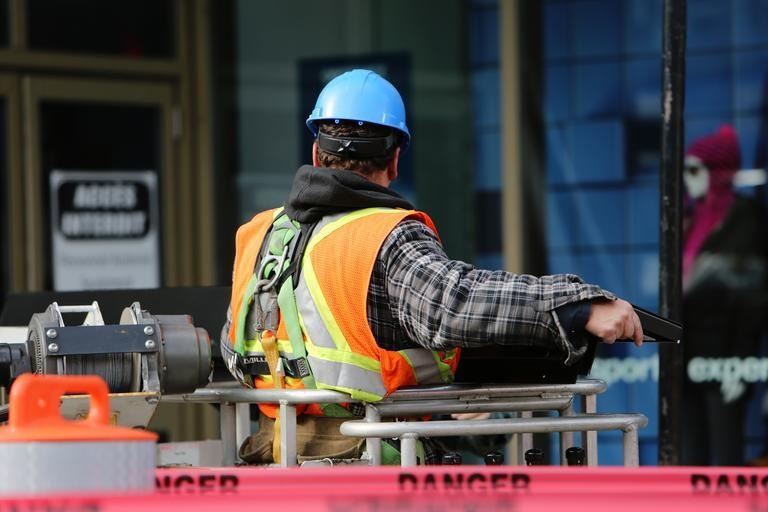Introduction:
Work zone are an unavoidable reality on our roadways, representing areas where construction or maintenance activities take place. While these zones are essential for infrastructure improvement, they also pose significant risks to drivers and workers alike. Work zone crashes can result in serious injuries, fatalities, and prolonged traffic disruptions. However, with a proactive and safety-conscious approach, drivers can navigate work zones with caution and reduce the likelihood of being involved in a collision.
Understanding Work Zone Hazards:
Before delving into practical tips for avoiding work zone crashes, it’s crucial to recognize the hazards inherent to these areas. Reduced speeds, lane closures, narrow or shifting lanes, and the presence of heavy machinery and construction workers all contribute to an environment that demands heightened attention from drivers. Failure to adjust to these conditions can lead to accidents, putting the safety of both drivers and construction personnel at risk.
Plan Ahead:
Check for road construction or maintenance updates before starting your journey. Utilize navigation apps or websites that provide real-time traffic information to identify potential work zones along your route.
Stay Informed:
Keep an eye out for signs indicating upcoming work zones. Variable message signs, orange cones, and flaggers are common indicators. Stay alert to changing road conditions and be prepared to adjust your speed accordingly.
Obey Speed Limits:
Work zones often have reduced speed limits, and for good reason. Lowering your speed provides more time to react to unexpected situations and improves overall safety. Fines for speeding in work zones are typically higher, emphasizing the importance of adherence.
Maintain a Safe Following Distance:
Increase your following distance from the vehicle in front of you. This precaution allows for greater reaction time and reduces the risk of rear-end collisions in the event of sudden stops.
Minimize Distractions:
Distractions compound the risks associated with work zones. Avoid using your phone, adjusting the radio, or engaging in other distracting activities while driving through these areas. Focus on the road and the traffic around you.
Follow Traffic Signals and Flaggers:
Pay close attention to traffic signals and follow the guidance provided by flaggers. They are there to direct traffic safely through the work zone. Disregarding their instructions can lead to confusion and potential accidents.
Merge Promptly:
When approaching a lane closure, merge as soon as possible. Waiting until the last minute to merge can create bottlenecks and increase the likelihood of collisions. Follow the “zipper merge” principle, taking turns with other drivers to maintain a smooth flow of traffic.
Expect the Unexpected:
Be prepared for sudden lane shifts, detours, or stops. Construction zones can change rapidly, and staying vigilant allows you to respond effectively to unexpected developments.
Use Caution at Night:
Work zones are often active during nighttime hours. Reduced visibility can amplify the risks associated with construction areas. Ensure your headlights are on, and be especially attentive in these conditions.
Be Patient:
Patience is key when navigating work zones. Construction projects aim to improve roadways for everyone’s benefit. Remaining patient and calm reduces stress and contributes to a safer driving environment.
Conclusion:
Work zones, while necessary for the improvement of our infrastructure, present challenges that demand a proactive and safety-conscious approach from drivers. By planning ahead, staying informed, and adhering to posted regulations, drivers can significantly reduce the risk of being involved in a work zone crash. The responsibility lies with each of us to prioritize safety, not only for our own well-being but also for the construction workers who play a vital role in enhancing our roadways. As we navigate work zones with caution and mindfulness, we contribute to the creation of safer roads for all. Remember, a few extra minutes of careful driving can make a significant difference in ensuring a safe journey through work zones.

